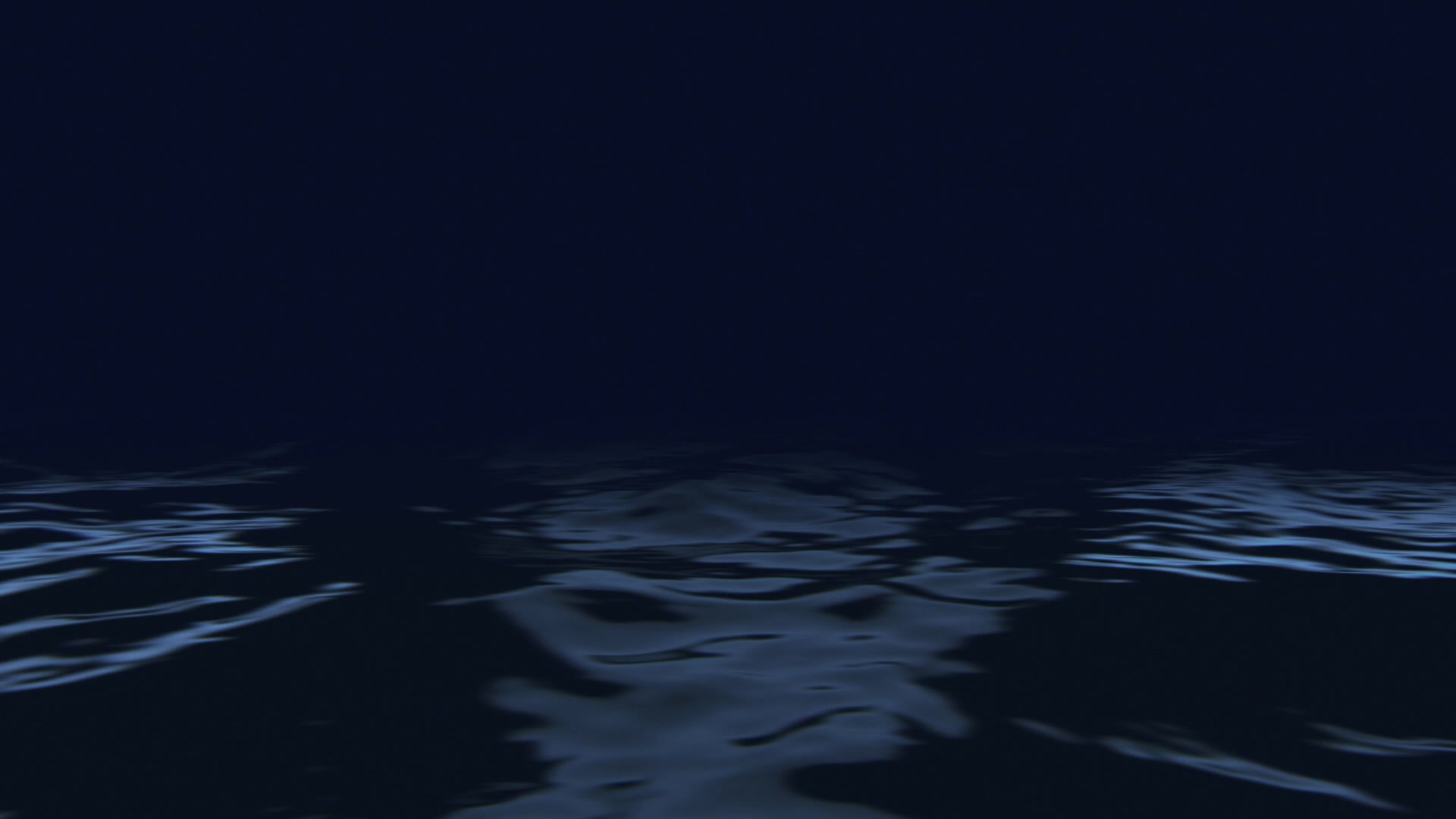Choosing the Right Display for Your Boat | Wide-Screen vs. Standard MFDs
- Spencer Kent
- Jan 22
- 2 min read
In the realm of modern boating, choosing the right Multi-Function Display (MFD) can significantly enhance your navigation and onboard experience. As technology advances, one of the primary considerations for boat owners is whether to opt for a standard format, wide-screen, or ultra-wide MFD. Each option offers distinct advantages tailored to different preferences and navigational needs.
Understanding the Options
Standard Format MFDs | Standard format MFDs typically feature a square or slightly rectangular screen. They are often more compact and can fit into smaller helm spaces without dominating the dashboard. These displays are known for their straightforward interfaces and compatibility with older chartplotter and navigation software systems. For boaters who prefer a traditional layout or have space constraints on their helm station, standard format MFDs remain a practical choice. |
Wide-Screen MFDs | Wide-screen MFDs have gained popularity due to their larger display area and higher resolution. These screens provide a more expansive view of charts, radar images, and other navigation data, allowing for better readability and enhanced situational awareness. Wide-screen displays are ideal for boaters navigating in complex or busy waters, as they can display more information simultaneously without the need for constant scrolling or switching between screens. They also lend themselves well to split-screen functionality, enabling users to view multiple data feeds concurrently. |
Ultra-Wide MFDs | Ultra-wide MFDs take the viewing experience to the next level with an even broader aspect ratio, often resembling the format of a cinema screen. These displays are particularly suited for vessels where maximizing the visibility of chartplotting, radar, and sonar data in a single glance is crucial. Ultra-wide screens excel in providing a panoramic view that can encompass expansive waterways or detailed information across a wide geographic area. They are favored by boaters who prioritize comprehensive situational awareness and seamless integration of multiple navigation tools. |
Factors to Consider
Navigational Needs: Assess how you typically use your boat and the navigational challenges you encounter. If you navigate in congested waters or require frequent monitoring of detailed charts and radar, a wide-screen or ultra-wide MFD may offer better functionality.
Space Constraints: Consider the available space on your helm station. While wide-screen and ultra-wide MFDs provide more viewing area, they may require more space on the dashboard compared to standard format displays.
User Interface and Compatibility: Evaluate the user interface of each display option, including touch-screen capabilities, ease of operation, and compatibility with existing onboard systems or future upgrades.
Budget and Technology Integration: Factor in your budget for the MFD and any additional costs associated with necessary accessories or software upgrades. Ensure the chosen MFD integrates seamlessly with other onboard electronics and navigation instruments.
Choosing between a standard format, wide-screen, or ultra-wide MFD for your boat involves balancing personal preference, navigational requirements, and onboard space considerations. While standard format displays offer simplicity and compatibility, wide-screen and ultra-wide MFDs provide enhanced visibility and functionality, particularly for navigating complex waters. Ultimately, the decision should align with your boating style, navigational needs, and the technological advancements you wish to incorporate into your vessel’s electronics suite. By carefully assessing these factors, you can select an MFD that enhances your boating experience and ensures safe and enjoyable journeys on the water.


Comentarios